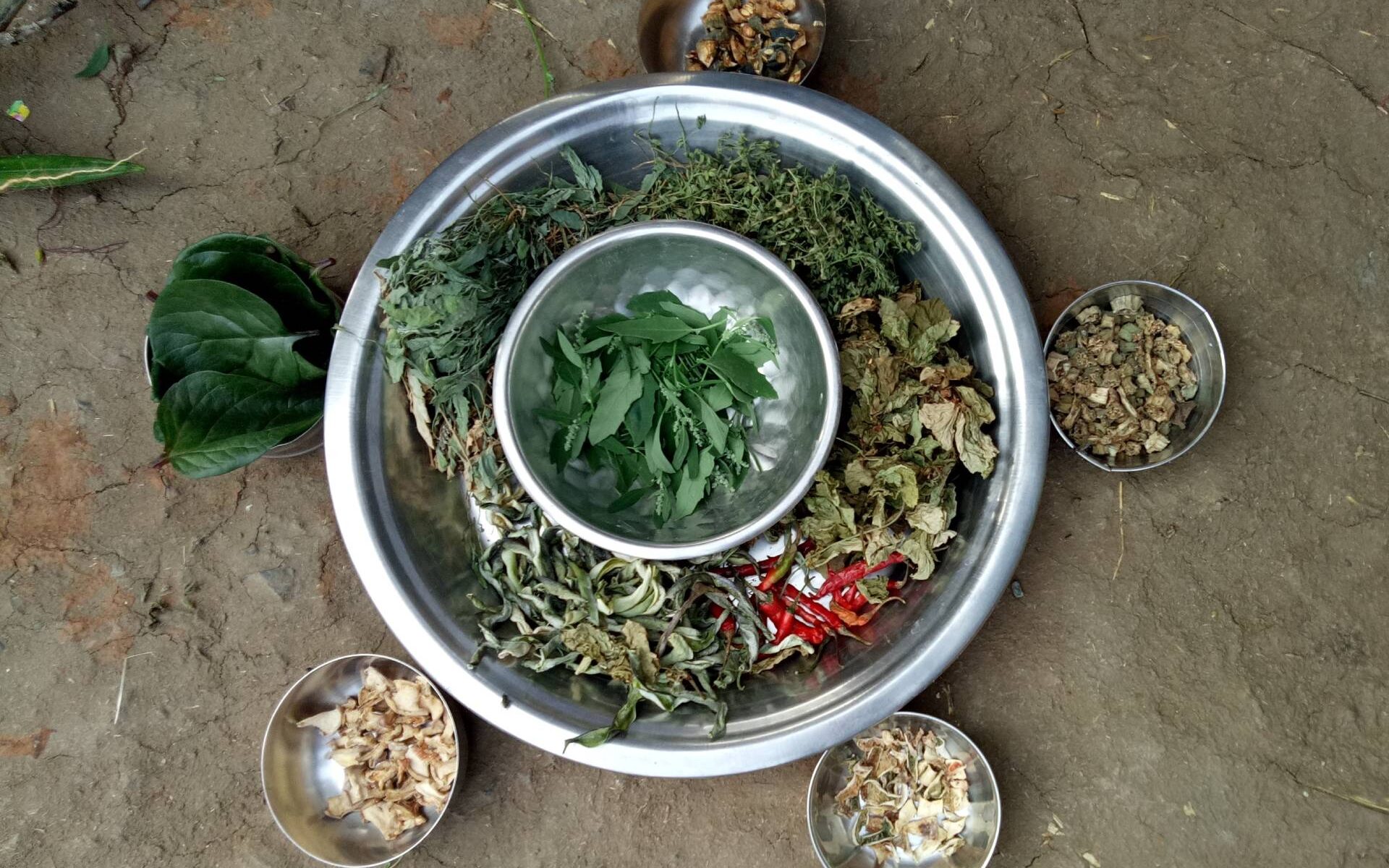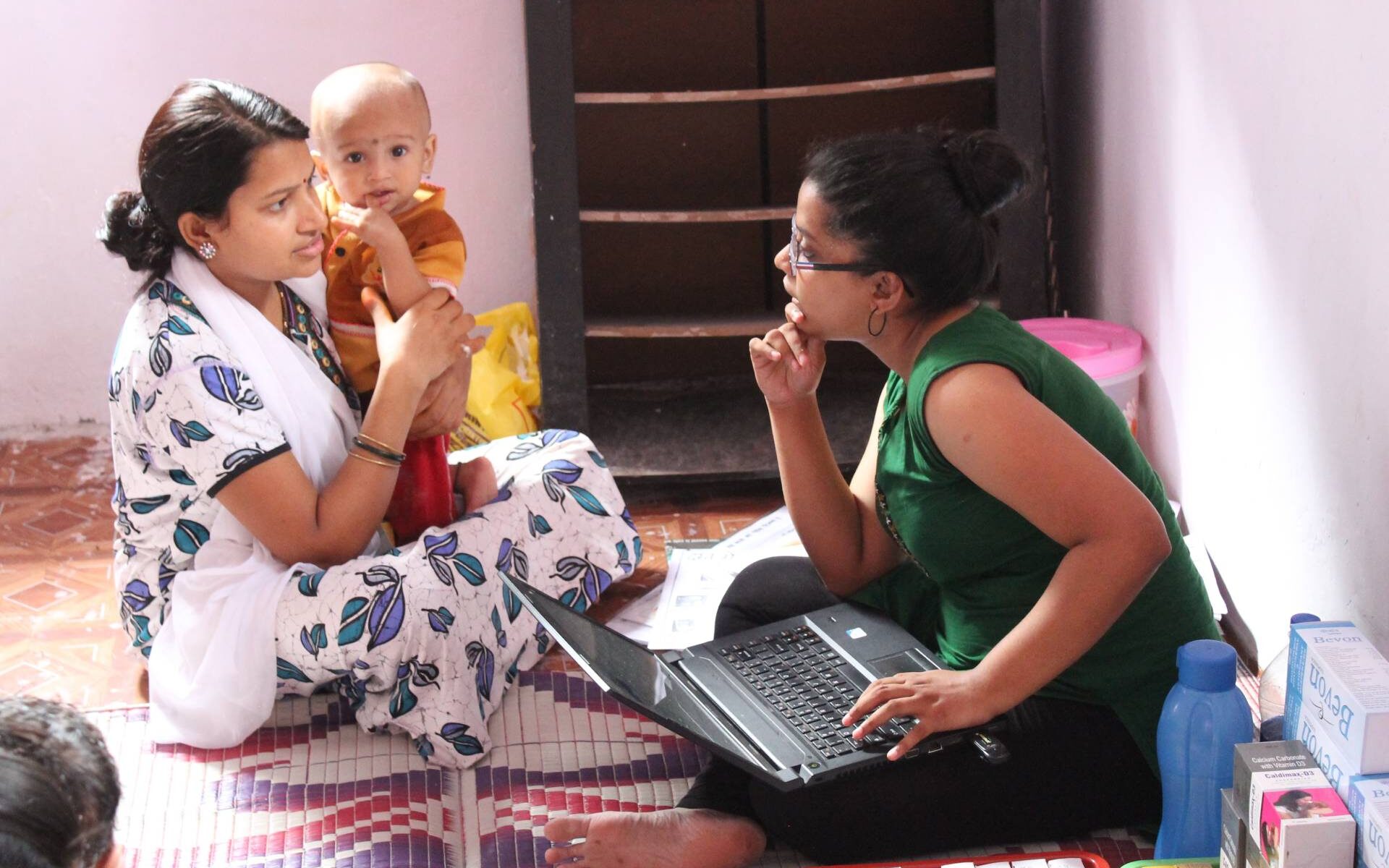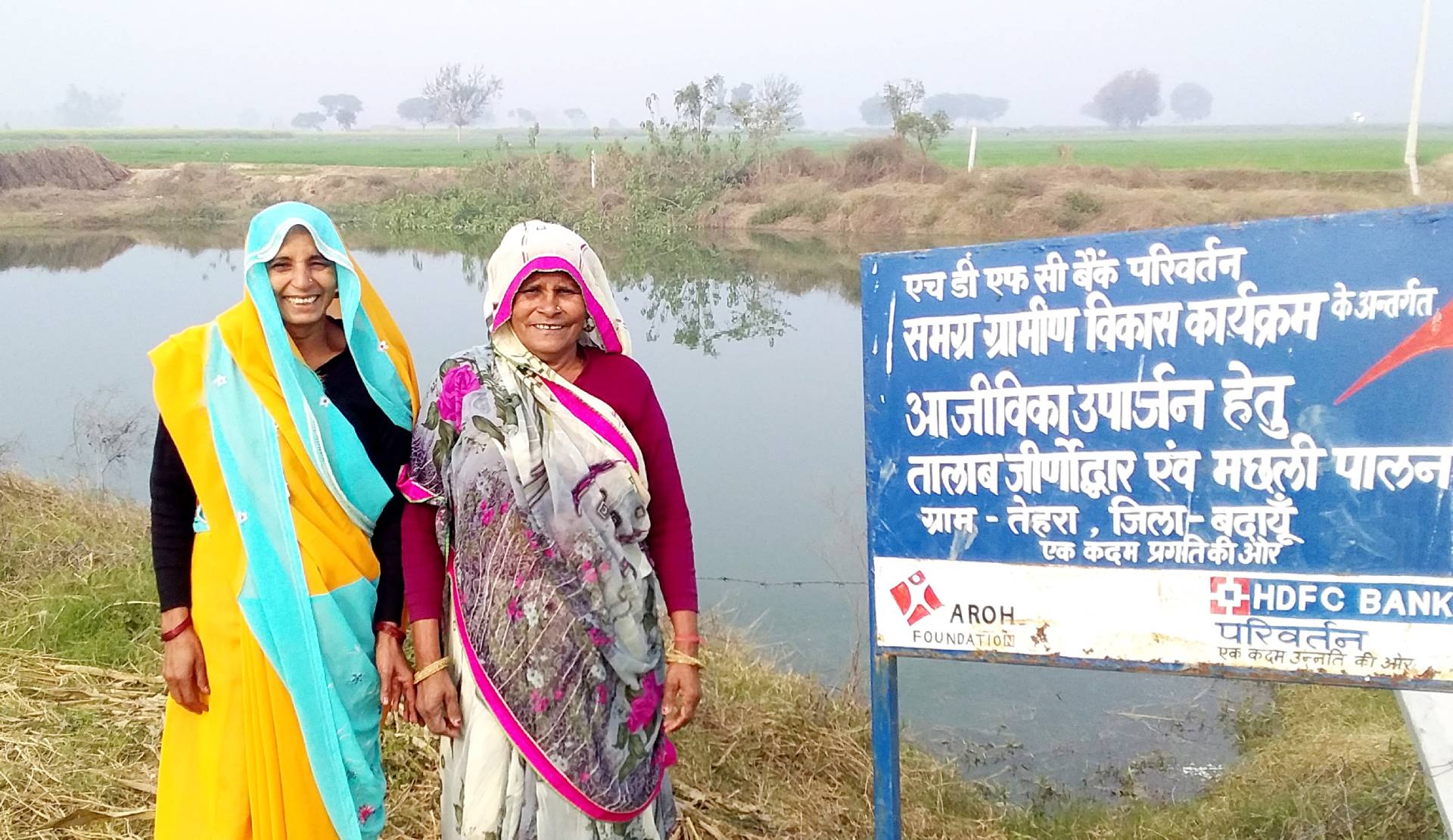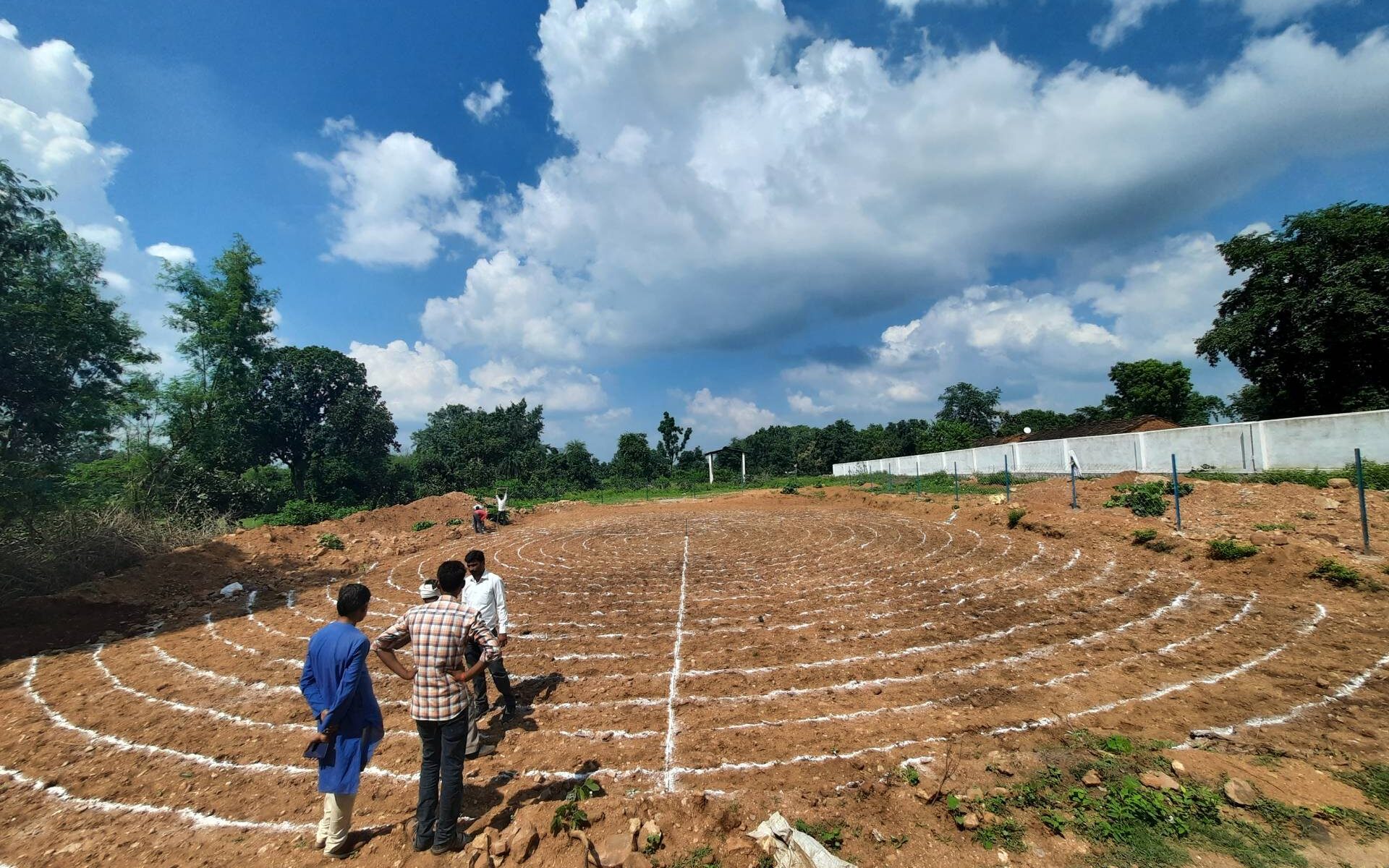VAAGDHARA (Voluntary Association of Agricultural General Development Health and Reconstruction Alliance) is empowering one lakh tribal families to create robust food systems
VAAGDHARA, a community-based organisation, is committed to the empowerment of the most deprived and vulnerable groups of the society, especially the indigenous population in the tri-junction area of Madhya Pradesh, Gujarat and Rajasthan. The organisation strives to create and nurture vibrant partnerships with community institutions working on behalf of the poor in tribal regions of western India, with the aim of inculcating appropriate scientific and indigenous technology and knowledge to promote True Farming, True Childhood and True Democracy. VAAGDHARA has been engaging with one lakh tribal families in the tri-junction area to create sustainable pathways for development.
Flagship programme-SIFS
Blurb: These practices are helping tribal families grow and consume nutritious varieties of fruits, vegetables, and grains
VAAGDHARA is working to ensure food and nutrition security for the indigenous community through promoting Sustainable Integrated Farming System-SIFS and Nutrition-Sensitive Farming Systems, contributing to a sustainable local food system. The tribal community covered under the programme has adopted SIFS which follows the concept of improvement in resource management and cyclic development of resources, following the principles of a circular economy. The farmers in these areas practise eco-friendly farming, which is free from chemical fertilizers and is also climate resilient and sustainable. These practices are helping tribal families grow and consume nutritious varieties of fruits, vegetables, and grains. Significantly, one lakh tribal families in 1,000 villages situated at the tri-junction of Rajasthan, Gujarat and Madhya Pradesh have adopted such farming practices and are being benefitted by these approaches.
Strategic preparedness
VAAGDHARA has developed a COVID-19 response framework that supports the new normal situation in its interventions. The framework focusses on improving technology to build innovative models that can fight malnutrition and food insecurity. The programmes related to Food Nutrition Security (FNS), implemented by VAAGDHARA, can deal with the ongoing pandemic situation and reduce market dependency. Adopting sustainable integrated farming system components, through cyclic approaches in production and consumption within the farming system, helps reduce resource extraction significantly, thereby alleviating the problem of resource scarcity and food insecurity. The concept of reduce-reuse-recycle which is at the core of circular lifestyles and sustainable consumption and production, combined with organic agriculture, can help counter food and nutrition insecurity and contribute to a healthier society.
Tangible output
- Monitoring data revealed that 75.7% of households adopted SIFS components.
- 73% of women groups transferring knowledge on linking agriculture with nutrition security.
Intangible output
- An increase of 1.9 diet-diversity score observed among 65% of households from baseline. 56.4% of households are sharing three meals together for gender equitable nutrition management.
Impact
The indigenous farming practices have impacted a large number of families. It was observed during the lockdown period that when most of the people were critically affected, the tribal families practicing SIFS were least affected. In a survey of 2,000 households, 75.6% of the families shared that during this period, they developed nutrition gardens and adopted SIFS components through their own resource management in agriculture, forestry, indigenous seeds practices, water, and livestock, which supported them to ensure food and nutrition security. The impact on SIFS on the nutritional status was observed among children, wherein over 95% of the children were found in the green category.
Sustainability
VAAGDHARA consistently strengthens its core principle of working as a ‘People’s Organisation’. It has helped VAAGDHARA spread awareness among the community and carry out behaviour change interventions successfully. All this contributes to long-term sustainability in terms of project measures, institutional set-ups and also promotes ecologically accepted agricultural practices that add to the efficacy and sustainability of the farming system with focus nutrition.
Post-COVID-19 growth model
VAAGDHARA incorporates a long-term vision of making the tribal community self-reliant on nutrition and health aspects by reviving and rejuvenating the Nutrition-Sensitive Farming System. We believe this will help us reach close to our goals, laying the foundation for realising the ultimate dream of improving the access to healthy food for the underprivileged tribal community. Though the COVID-19 pandemic has largely affected vulnerable families, we are working on identifying and building innovative models to improve the viability of ‘Agriculture and its Produce’. This would strengthen small and marginal families and also unlock `New Livelihood Possibilities’ for migrants and families engaged in labour.
Jayesh Joshi
Secretary & CEO
VAAGDHARA







